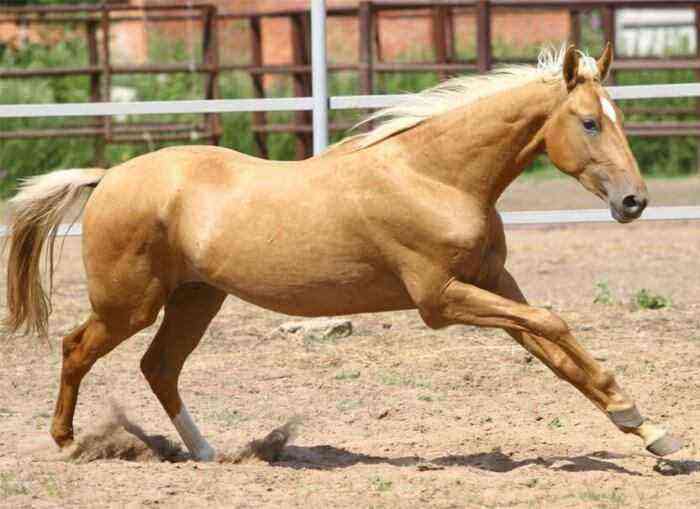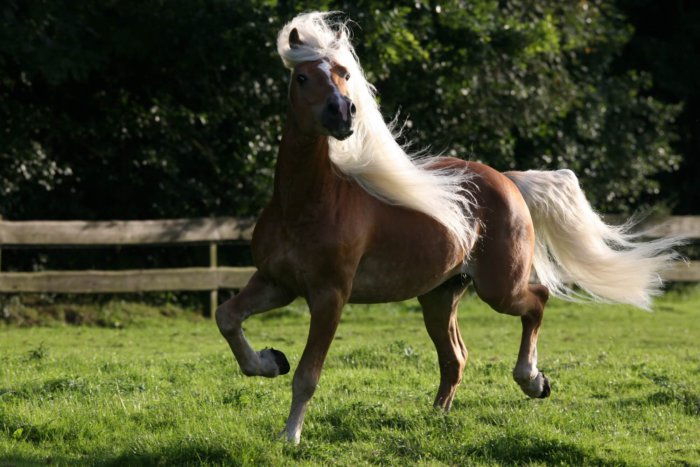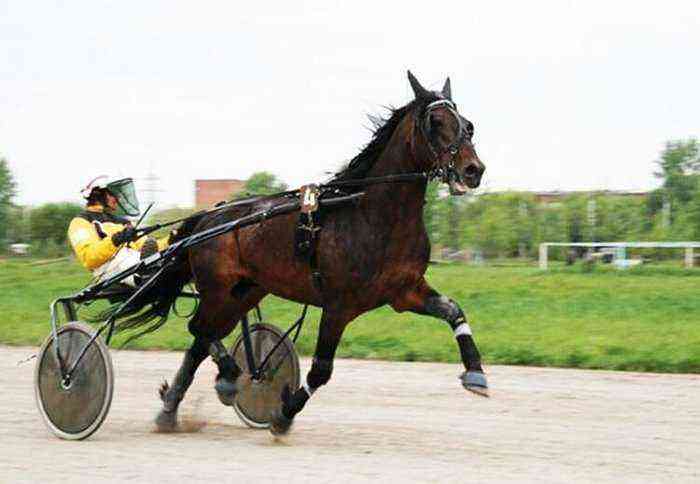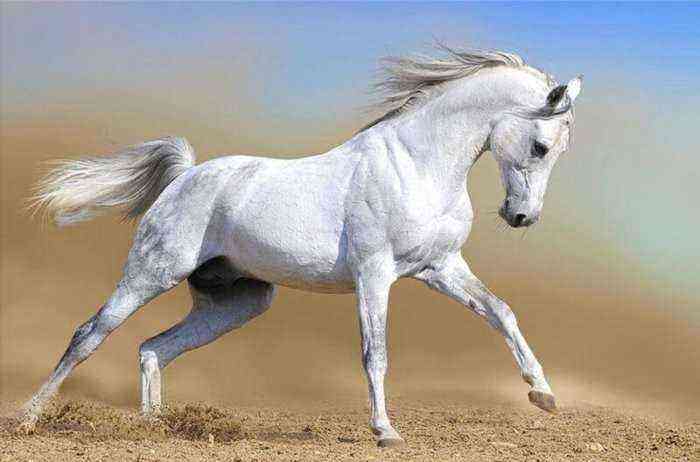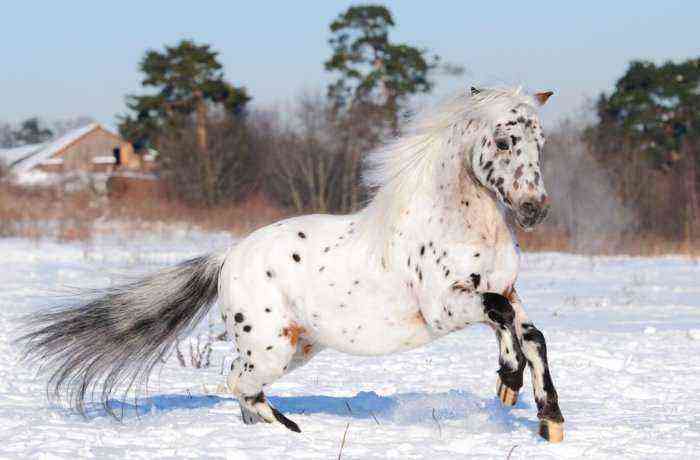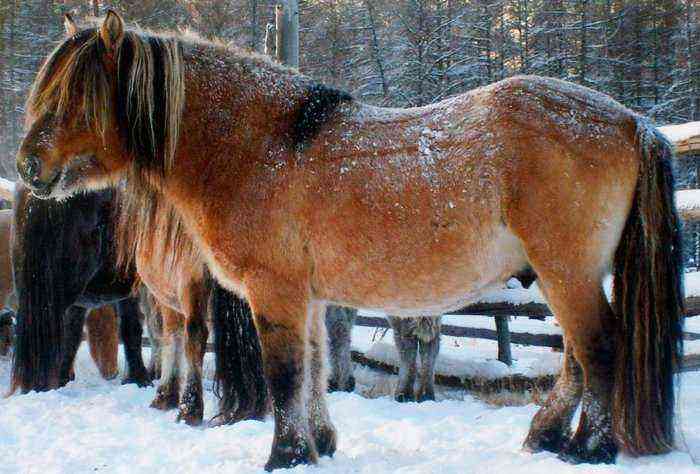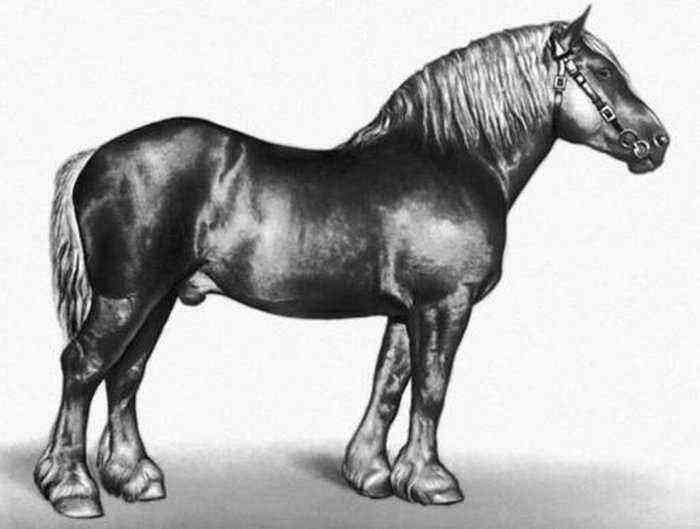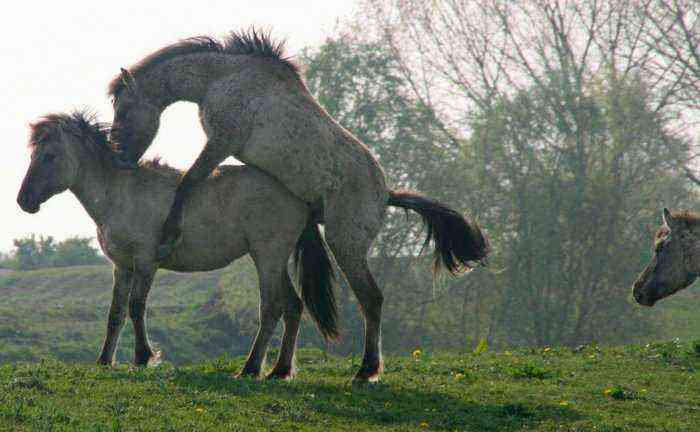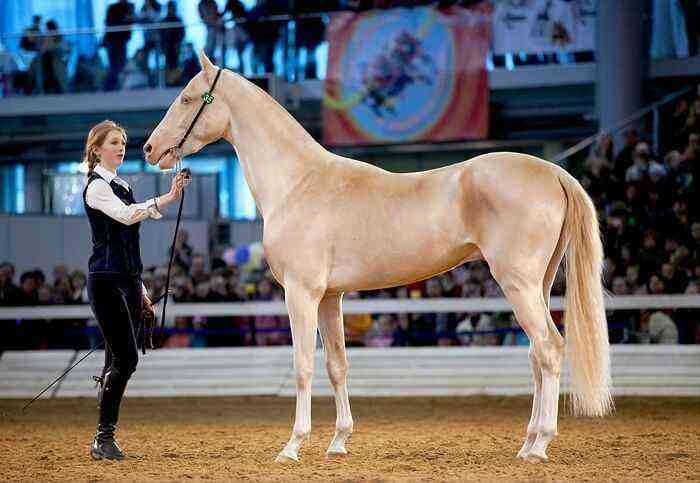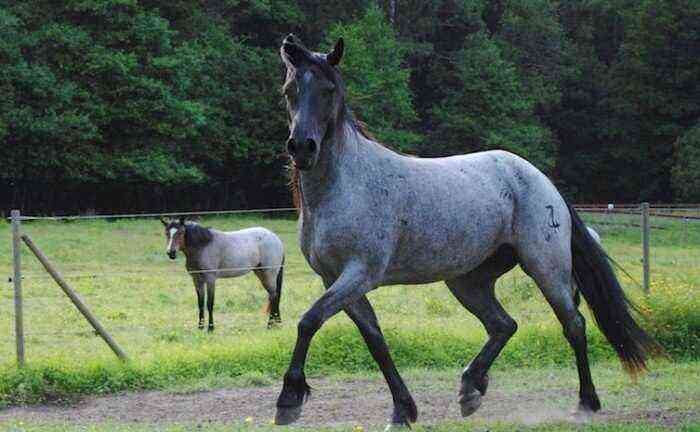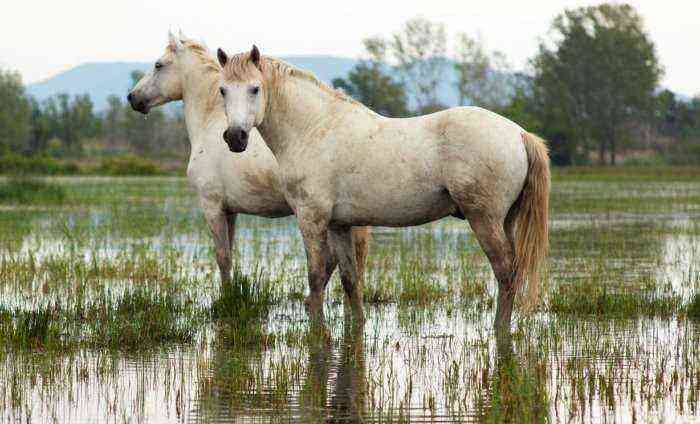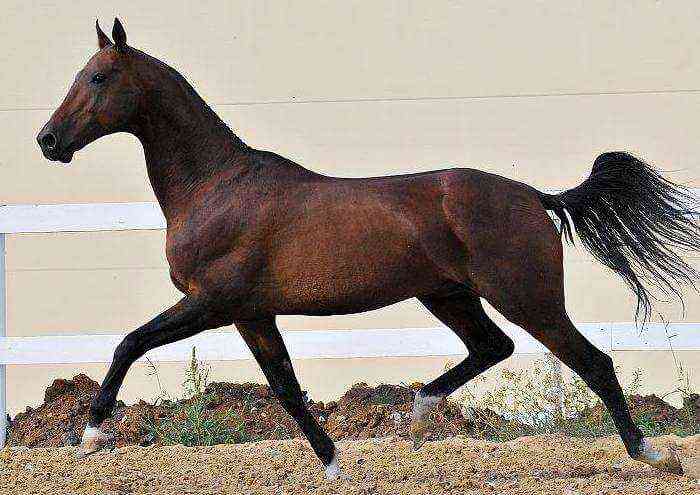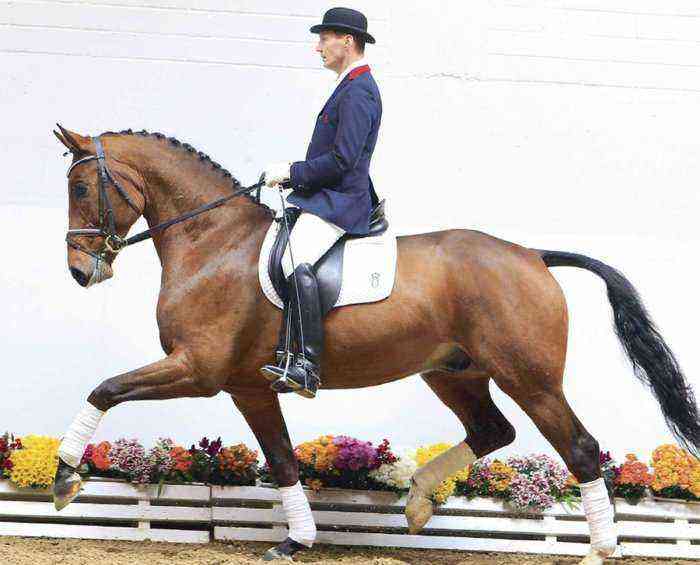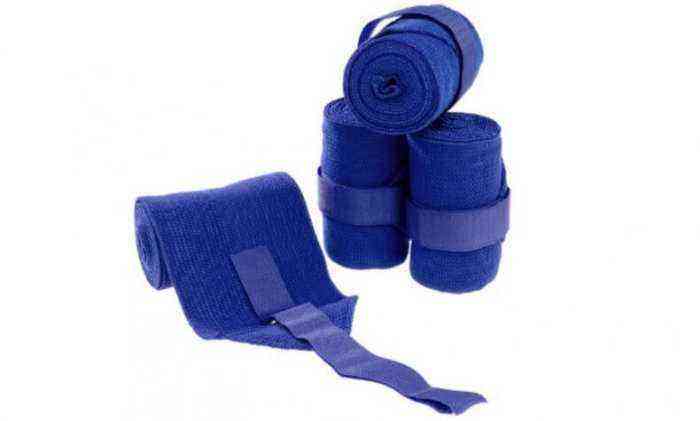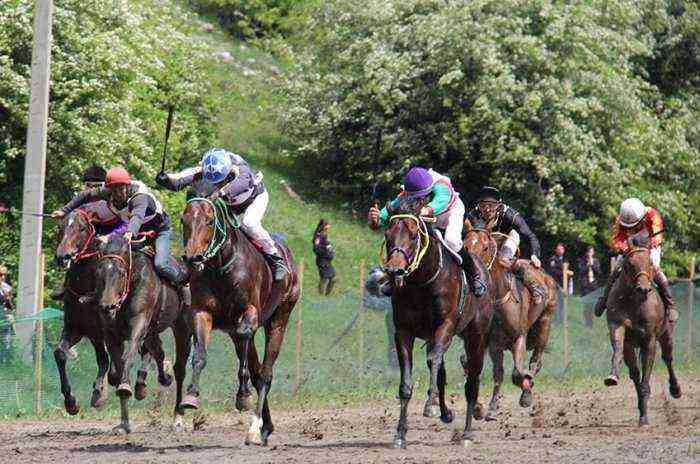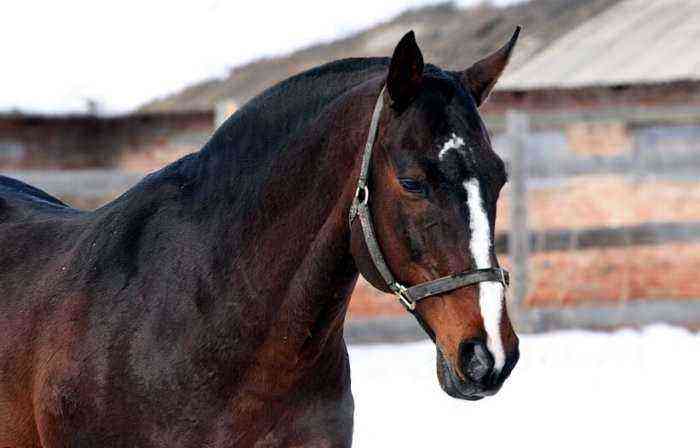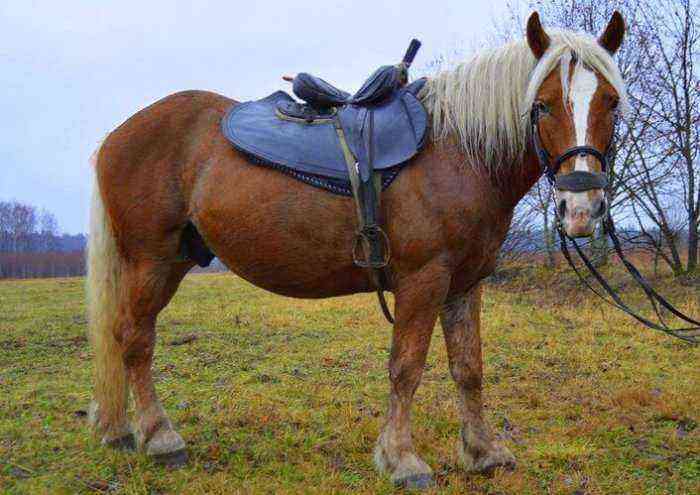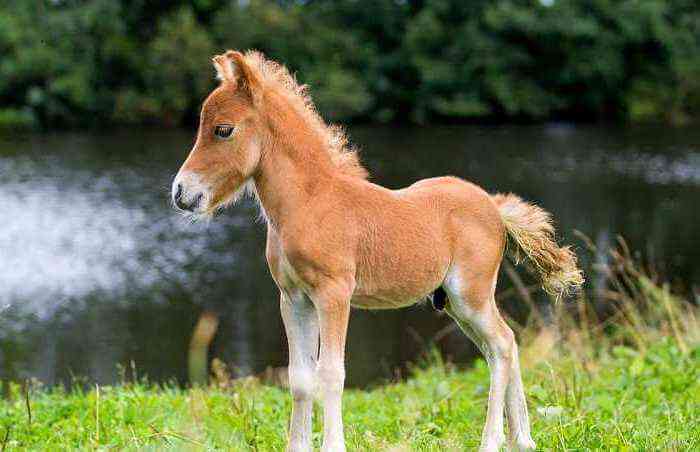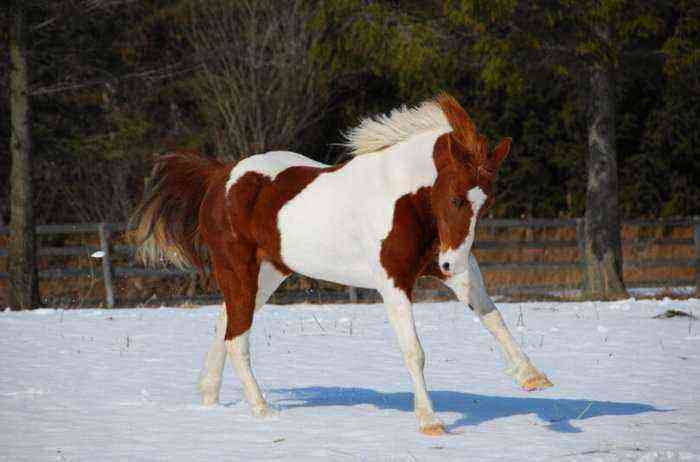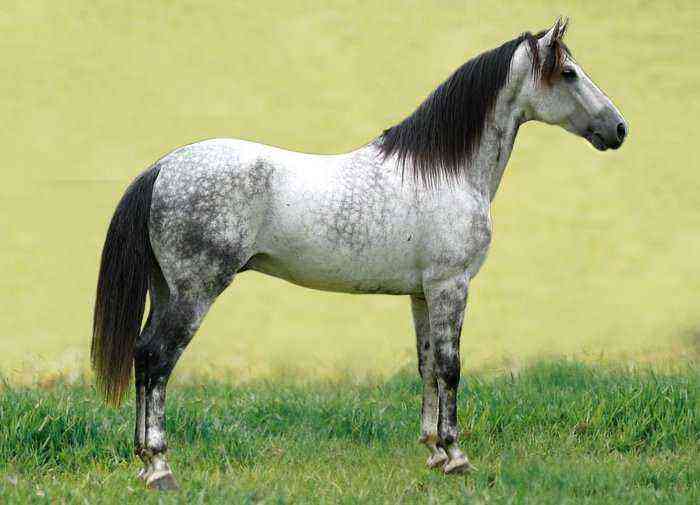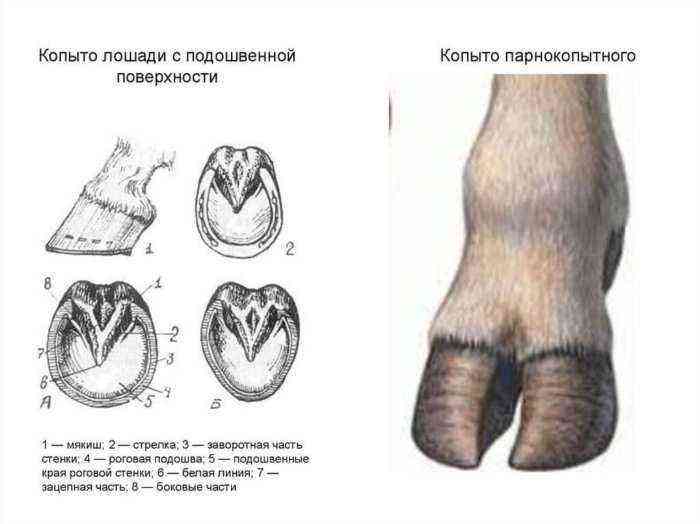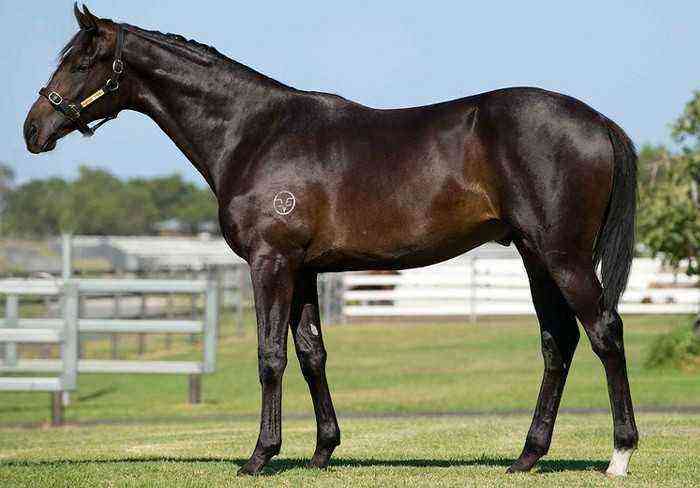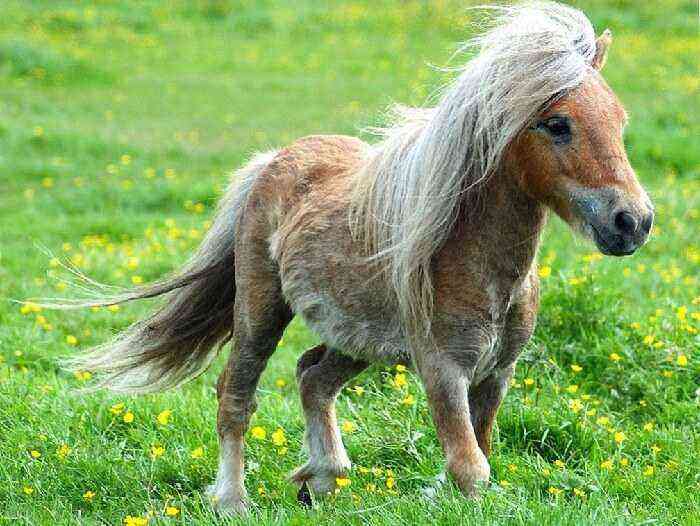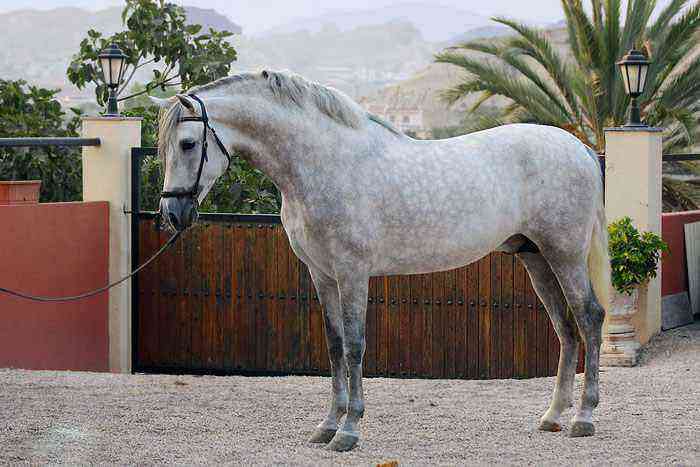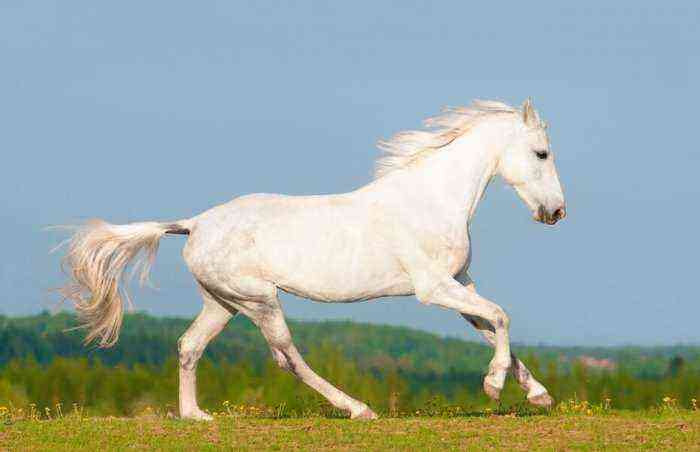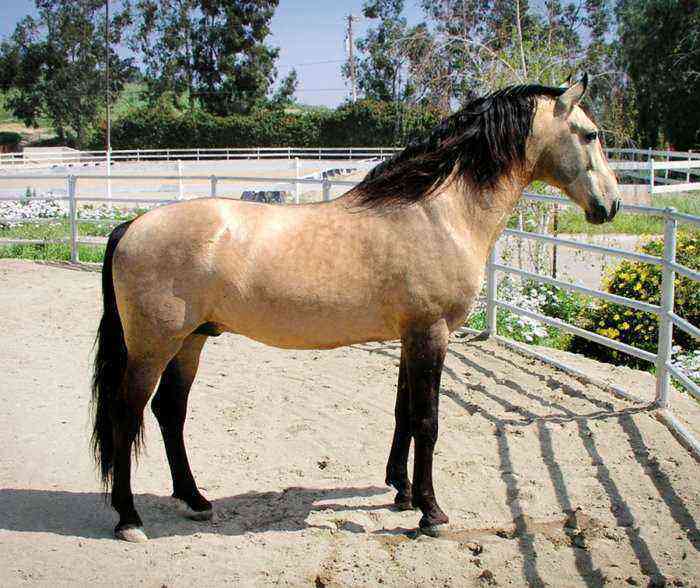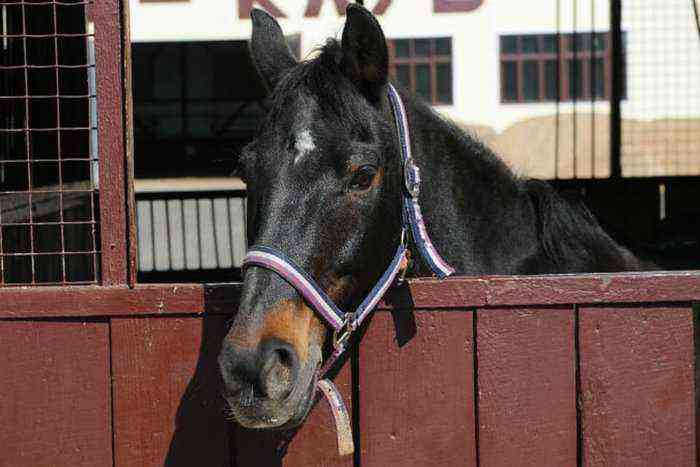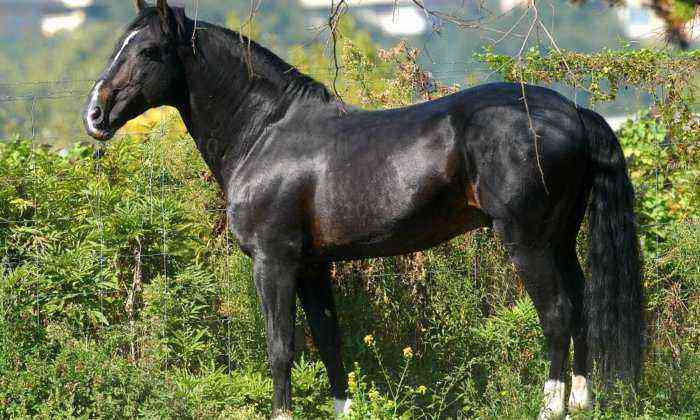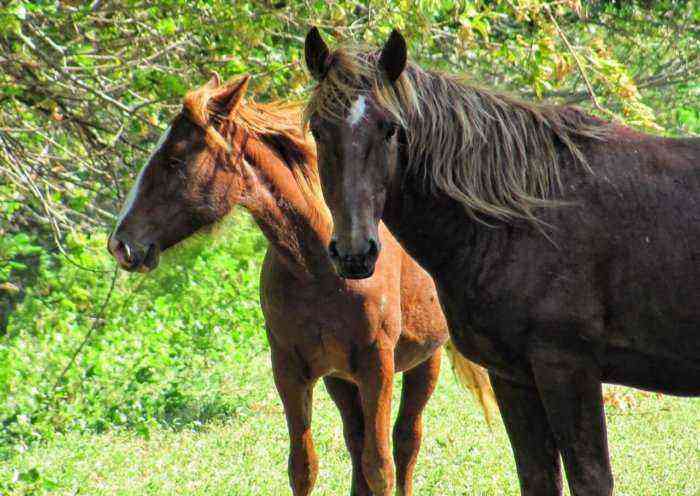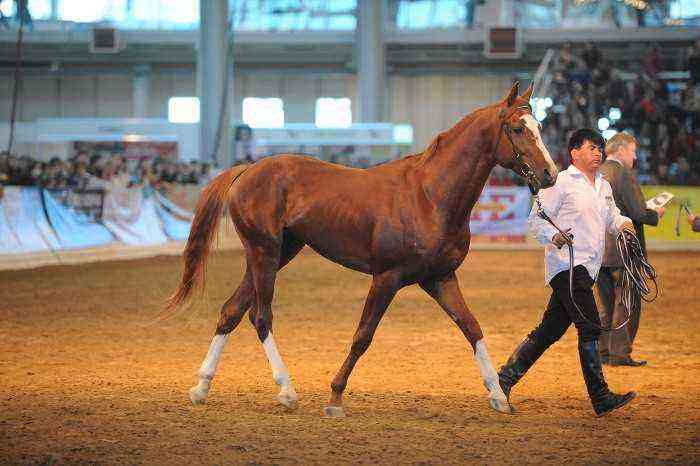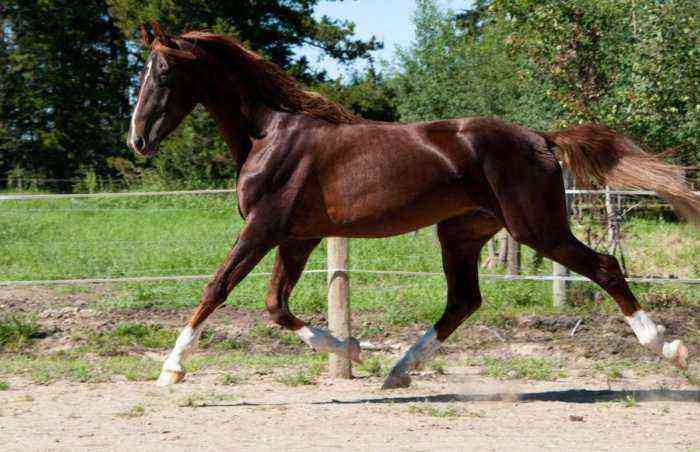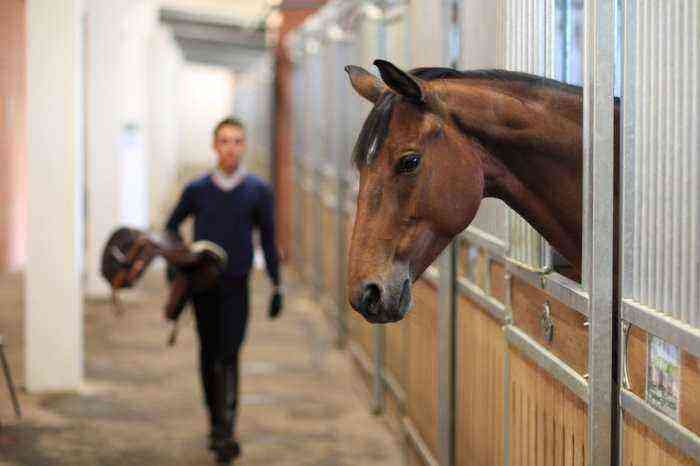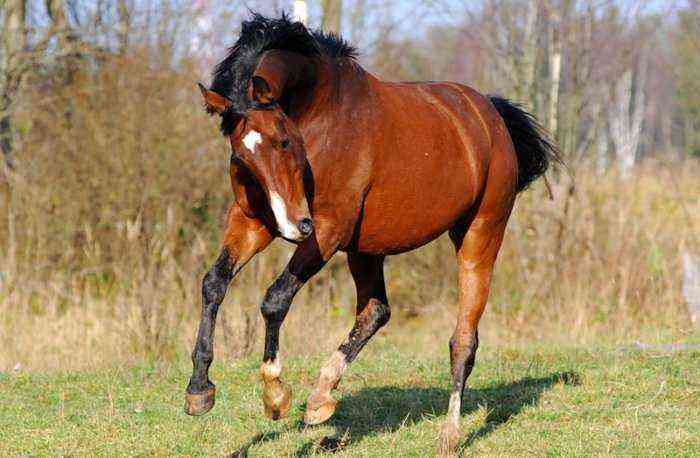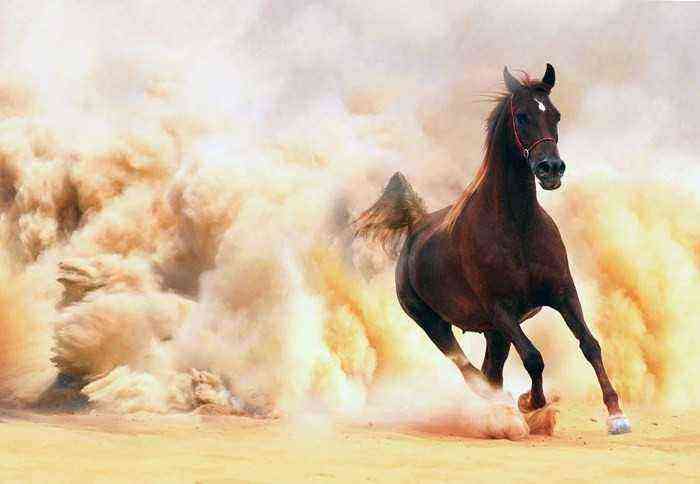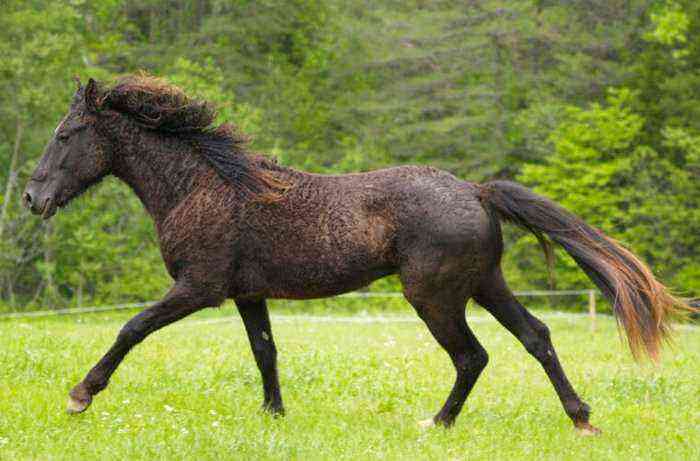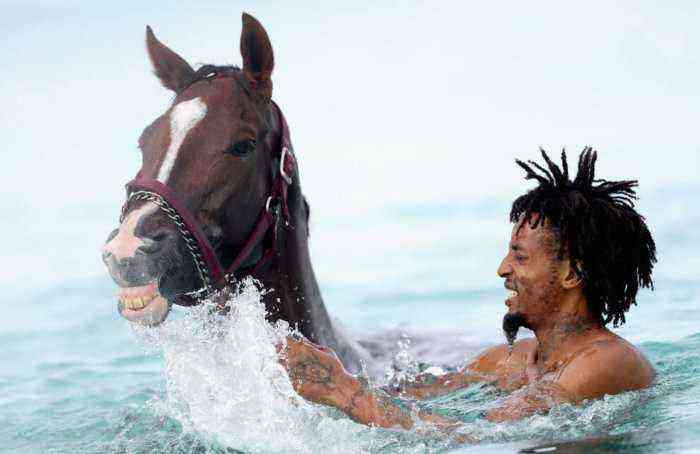Horses of the game color are recognized as one of the most beautiful. Such animals are rare, which explains their high cost. Playful horses are heavy trucks – in addition to physical strength, they have a stubborn character, agility and endurance. These qualities make animals in demand in agriculture. One of the brightest representatives of the suit is the playful haflinger, bred in northern Italy in the 19th century. The ancestors of these horses were used to deliver goods to farms and villages along narrow mountain paths that could not be reached by other means.
Playful color of horses
Suit Features
The playful color of the horse is characterized by a reddish or brown color of the body, in some cases dark brown, chocolate shades predominate. The tail and mane of the animal is usually much lighter – from golden to milky tones. Sometimes there are patches of red hair in the mane.
Another distinguishing feature of the suit is spots on the body and limbs, which give the animal an original, unusual look. A long, thick mane looks very noble, which does not lose its attractiveness throughout the life of a horse.
The genetic characteristic of the suit
The basis of the color of toy horses is the red color, and the f gene is responsible for the “lightening” of the mane and tail. It has not yet been proven exactly how it works. In some cases, clarification does not occur, for which there is no explanation. It is only known that the gene is often found among Arabian horses, Belgian and Russian breeds.
Early studies of game horses showed that when animals are crossed, the offspring inherit the parental color. However, later it was revealed that among Haflingers and other breeds this rule does not always work. So, light foals can appear from dark parents.
Sometimes the playful suit is confused with the nightingale, since both species are characterized by a red body color, which contrasts sharply with the shades of the tail and mane. However, at the genetic level, they differ significantly – other genes influence the formation of a salty color.
Nightingale suit
Belgian toy horse
Unique Belgian heavy trucks were bred by crossing with trotters. These strong, hardworking animals began to be bred in the province of Brabant – hence the other popular name “Brabancon”. Horses were successfully used to transport large consignments of goods, and subsequently they were exported to many European countries for the development of production and agriculture.
Such horses have a number of characteristic features that distinguish them from other horses of a playful color:
- Massive, strong body.
- Short back.
- Slightly arched neck.
- Powerful limbs with pronounced muscles.
- Predominantly red or golden shade of wool.
- Fur on the bottom of the legs.
Due to strong, mobile joints, Belgian horses are considered hardy, fast and agile. They are unpretentious in food, rarely get sick and live long, maintaining their working capacity regardless of conditions. The nature of the horses is flexible and calm.
Reference. Currently, the demand for animals has not decreased, despite the automation of agricultural labor. They are still used as working, draft horses.
It is worth noting the importance of Belgian horses in military affairs. It is known that the direct ancestors of animals were used as cavalry horses in the Crusades. References to Belgian (or Flemish) horses are found in Greek and Roman writers and poets. In Belgium, this breed is rightfully considered a national treasure.
Playful Haflinger
The exact information about the origin of the playful haflingers is still unknown. The first mention of animals dates back to the Middle Ages, but some researchers believe that horses are descended from wild tarpans that inhabited Europe in the 16th century.
Representative of the playful haflingers
Thanks to the efforts of breeders, in particular the numerous attempts to cross Arabian horses with other breeds of horses, playful haflingers are endowed with the following features:
- The red tone of the body is combined with light shades of the mane and tail.
- Height at the withers – up to 1,5 m.
- Very fluffy tail and mane.
- Deep chest.
- Well developed muscles.
- Short, powerful legs.
Animals were bred specifically for exploitation in mountainous conditions. They are perfectly adapted to this type of terrain and weather conditions. Haflingers are considered a universal breed – if earlier they were used to transport goods along mountain paths, now animals are used in the Austrian army, agriculture, and equestrian sports. Some Italian and German farms also keep these horses for meat and milk.
Game horse care
The life expectancy and appearance of toy horses directly depend on the quality of care. To ensure that your pet is in good health, the following conditions are observed:
- Keeping the yard and equipment clean. It is very important to thoroughly wash the feeders, bowls, drinkers of the animal with hot water after each feeding.
- Permanent access to clean water. Every day a horse needs to consume 35-40 liters of fluid, in the warm season this volume should be at least doubled. Due to abundant drinking, a stable temperature is maintained in the body of the animal, the joints of the legs remain mobile, and the appearance remains attractive.
- Before physical activity, the horse must be fed in advance. In addition to the “traditional” hay and oats, it is recommended to include muesli, mixed fodder, and special feeds in the diet of animals. Before feeding, food is checked to make sure that there is no dust, poisonous plants, mold. Neglect of this recommendation is fraught with illness of the animal.
- Diet. Getting used to feeding at the same time, the horse’s body begins to function better.
- Regular examination by a veterinarian. Regular dental checkups can help identify and correct serious health problems in your horse.
Important! Please note that domestic horses need cleaning. Wash your pet thoroughly as needed.
Conclusion
Exquisite playful horses are the embodiment of elegance and grace. Now animals are actively bred in most European countries, and at the beginning of the 70s of the last century, igren horses were brought to Australia. Previously, such horses were used exclusively for military and agricultural purposes, but now, given their stunning external data and calm nature, they participate in exhibitions, competitions, and horseback riding.
